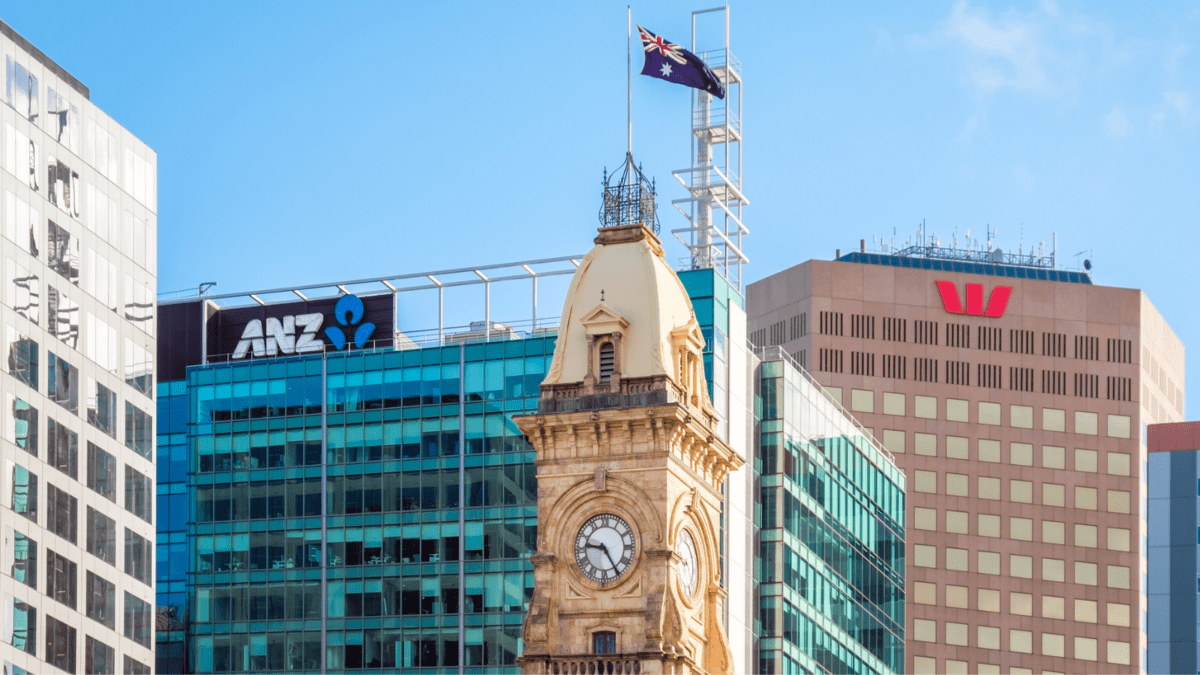SMSFs have a blossoming interest in the debt markets
That self-managed super funds (SMSFs) have had an aversion to fixed interest investment is well established. With net SMSF assets approaching $1 trillion – this landmark is expected to be reached by December – debt securities account for a miserly one per cent of this investment pool.
For Gaby Rosenberg (pictured, right), a co-founder with her older sister Ali of the fixed interest investment app Blossom, the reasons are not difficult to discern.
“The fixed income market has traditionally offered products with high minimums, long lock-ups and costly fees for someone else to manage your money. It simply hasn’t been a compelling investment option.”
In addition, it’s also an investment they haven’t readily understood, often struggling with the concept that rising interest rates means lower bond prices. Much easier is a term deposit. When added to the fact that many SMSFs have a detailed knowledge of the Australian sharemarket – this asset class comprises about 30 per cent of the investment pool – and property (commercial and residential), then the reluctance to invest in debt becomes more obvious.
But Rosenberg, who launched the business in 2021 at the height of the COVID pandemic, senses that attitudes towards debt as a viable asset class are slowly changing.
“So, while we have had a bull market in equities since launching, it’s come with volatility. It’s not hard to understand why. COVID, a series of geopolitical shocks – the ongoing conflicts in the Ukraine and the Middle East and their potential ramifications for energy prices – and then 13 consecutive interest rate rises, are shifting the dial towards more conservatively weighted portfolios.
“Fixed income has always been around, but, in my opinion, it is becoming more attractive for those either nearing or in retirement as an investment option due to its lower volatility and the returns that we have been able to deliver so far.”
Blossom has two investment options, both via the app. BlossomSave targets a 5.95 per cent annual return while BlossomPlus has a seven per cent annual goal. With the former product, which has a $5 minimum, earnings are compounded and posted daily, and withdrawals for sums under $5,000 are immediate. The more aggressive option has additional restrictions including a minimum three-month non-withdrawal period, a $5,000 minimum investment and earnings are compounded quarterly, not daily.
The underlying fund, which now has $89 million under management and 22,000 clients, is heavily diversified with 411 exposures across myriad debt assets such as semi-government, government, corporate, non-convertible debentures and mortgage-backed securities. Fortlake Asset Management founder and CIO, Christian Bayliss, who has stints with UBS and the Reserve Bank on his CV, manages the portfolio.
On the fee front, Fortlake takes 0.7 per cent for managing the fund, the RE 0.5 per cent, while Blossom has a threshold management fee that means that when the fund makes more than the targeted return and management fees are paid, the excess is paid to Blossom.
When Blossom launched, the target market was clearly defined – younger investors attracted to yields with far less volatility. Rosenberg argues it was a novel approach to democratise fixed interest via lower minimums and fees and flexible withdrawals, as well as using an app to appeal to this audience.
“Our friends were scratching their heads about where to invest at a time of 0.10 per cent interest rates and a crypto bubble bust. So, while high net worths could tap the fixed interest market – private credit, in particular, was coming to the fore – where did that leave young retail investors? We saw a niche, the opportunity for a retail product that could even the playing field a little.”
But like the best-laid plans of mice and men, to quote 18th century Scottish poet Robert Burns, she acknowledges it hasn’t all gone quite to plan.
Not in a bad way. Indeed, quite the opposite. What the Rosenberg sisters are pleasantly discovering is that the app is appealing to an older cohort of SMSF investors attracted to its simplicity, fees and returns.
“While the app was initially aimed at a younger audience, we increasingly found it attracting an older audience. It was in 2021 that a 55-year-old from central Queensland deposited $400,000, and since then it has snowballed with the average SMSF deposit now being $157,000.
“So, while we’re still in the early days of targeting SMSFs, it’s going to form a big part of the strategy in the future. We know this product has appeal to this cohort, so we will continue going direct to this market. But we also see an opportunity working with advisers and accountants to share the Blossom story with their clients.”









